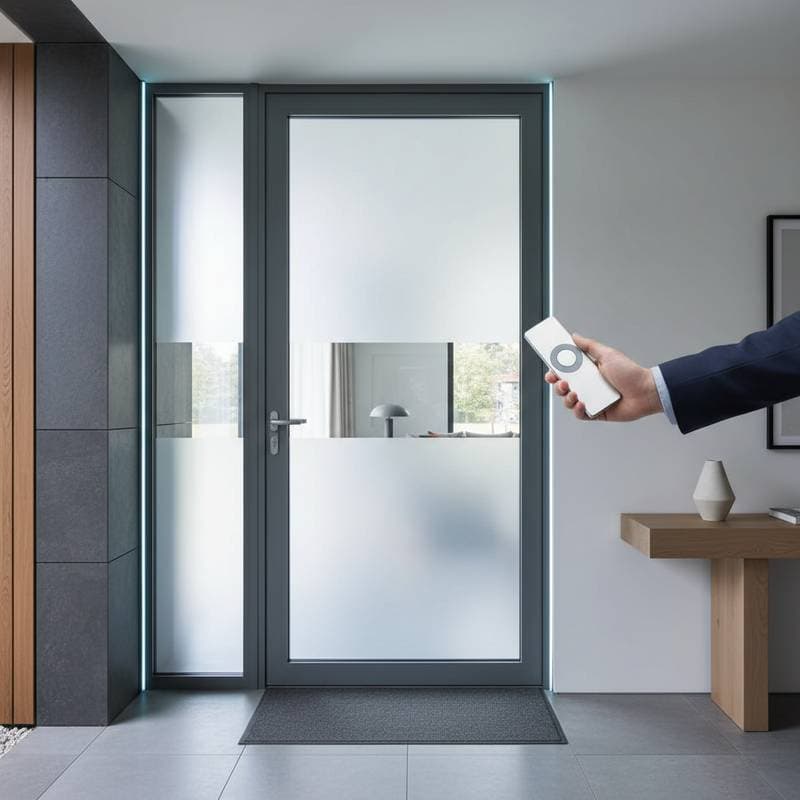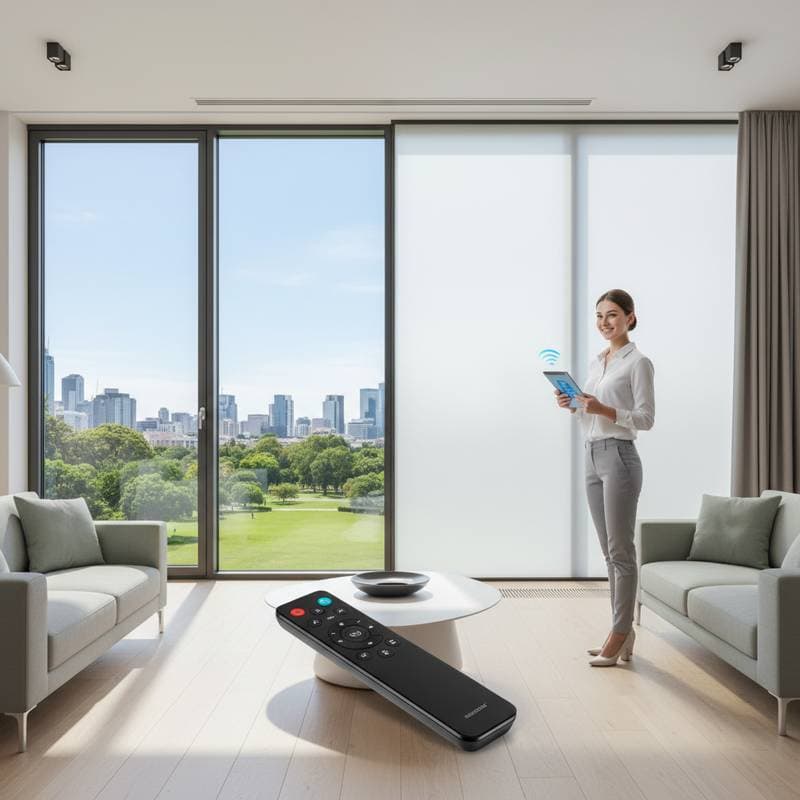The Innovative Door Glass Offering Instant Privacy Control
Advancements in smart home systems continue to redefine residential design, particularly in entryways and interior partitions. Electrochromic glass, commonly referred to as smart privacy glass, stands out as a key development. This technology enables door panels to transition from transparent to opaque with a simple activation, preserving daylight while ensuring seclusion.
Homeowners seeking to modernize their spaces will benefit from understanding this option. The following sections detail the fundamentals of electrochromic glass, operational costs, functionality, setup procedures, upkeep requirements, and enduring value. These insights equip you to evaluate whether this sophisticated solution aligns with your needs.
Pricing Overview for Electrochromic Door Glass Installations
Expenses for electrochromic glass depend on factors such as panel dimensions, material specifications, control mechanisms, and the scope of the project. Most installations range from $100 to $150 per square foot, encompassing both materials and labor.
| Project Scope | Estimated Total Cost | Included Components |
|---|---|---|
| Single Panel Retrofit | $1,200 to $2,500 | Electrochromic insert, electrical wiring, power unit |
| Complete Prehung Door with Smart Glass | $3,000 to $6,000 | Frame assembly, glass integration, control interface |
| Multi-Panel or Paired Door Setup | $5,000 to $9,000 | Several glass units, unified control system |
| Existing Glass Upgrade | $2,000 to $4,000 | Replacement panels, connection modifications |
These figures account for skilled installation, electrical integration, and initial configuration. Premium variants featuring mobile app or voice activation may incur additional fees. Regional labor variations and supplier choices also influence final pricing.
Mechanics Behind Electrochromic Glass Functionality
Electrochromic glass operates through a layered film that alters light transmission upon electrical stimulation. The assembly consists of five primary layers: outer conductive surfaces, ion reservoirs, and a central active electrochromic component.
Application of voltage prompts ion migration across layers, resulting in a frosted appearance that diffuses light. Deactivating the power reverses this effect, restoring clarity. Power usage remains low, typically under one watt per square foot, promoting efficiency.
Control options enhance usability:
- Manual toggles for straightforward privacy adjustments.
- Wireless remotes or smartphone applications for seamless smart home connectivity.
- Sensor-based automation that responds to ambient light levels.
Such versatility ensures the glass adapts to diverse environments, from high-traffic areas to serene retreats.
Step-by-Step Installation Guide and Duration
Professional installation of electrochromic door glass demands expertise and generally spans one to two days. Key phases include:
-
Site Evaluation and Sizing: A specialist examines the door framework, verifies dimensions, and assesses electrical pathways.
-
Panel Customization: Suppliers fabricate tailored glass units, with production timelines varying by demand and complexity.
-
Wiring Integration: Licensed electricians route low-voltage cables and link the system to existing power or automation networks.
-
Panel Fitting: Existing components are dismantled, and the new glass is secured with durable, weatherproof sealants.
-
Performance Verification: Technicians validate switching speed, uniformity of opacity, and personalize control preferences.
Retrofits to current doors involve limited alterations, while new installations may require frame modifications for optimal fit.
Essential Maintenance Practices for Longevity
Routine care keeps electrochromic glass performing reliably with little effort.
For cleaning, select a microfiber cloth paired with a mild, ammonia-free solution to safeguard the conductive layers. Inspect wiring quarterly to confirm stability, particularly in doors subject to regular use or environmental stress.
Monitor the low-voltage power adapter for signs of overheating or unusual sounds, replacing it promptly if needed. On exterior applications, verify seals against water ingress to shield internal electronics.
Adhering to these practices minimizes risks like inconsistent tinting or operational glitches, extending the system's lifespan.
Sustained Advantages and Efficiency Gains
Beyond immediate privacy, electrochromic glass contributes to energy savings by modulating solar exposure. In its frosted state, it filters ultraviolet radiation and reduces thermal buildup, easing demands on cooling systems and preserving interior furnishings.
Operational costs for electricity are minimal due to the low-power design. Integration possibilities, such as syncing with occupancy detectors or ambient lighting, further streamline daily interactions.
Homeowners often report enhanced comfort and aesthetic appeal, justifying the upfront investment through practical and visual improvements.
Steps to Integrate Smart Glass into Your Home
To proceed with electrochromic glass, consult a certified glazing professional experienced in smart installations. Schedule an on-site assessment to obtain a detailed proposal covering materials, labor, and electrical components.
Inquire about warranties for the glass, electronics, and labor to ensure comprehensive protection. With meticulous preparation, this technology delivers adaptable privacy and a contemporary edge to your living areas.






